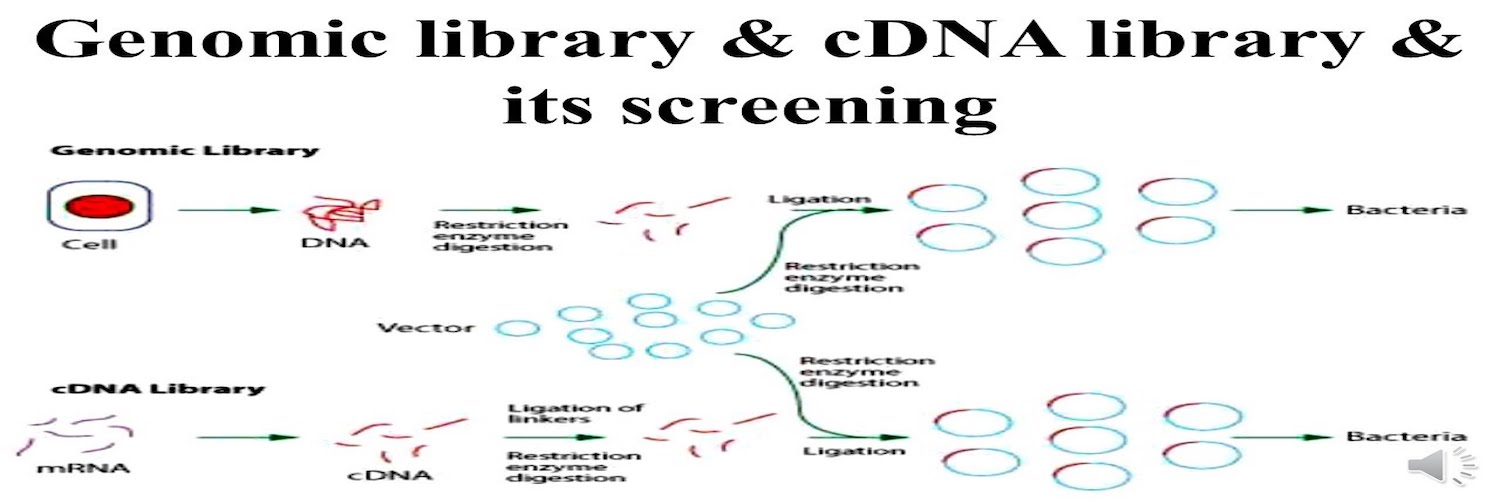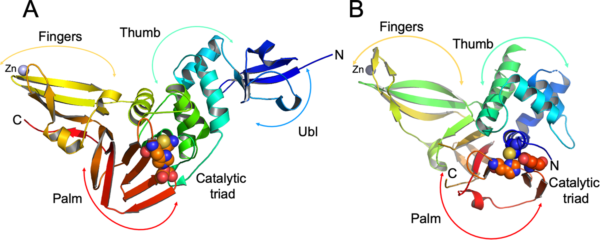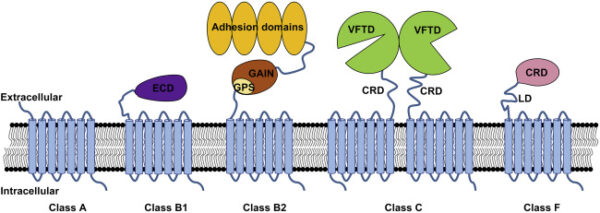Introduction:
Tobacco use continues to be a global public health concern, impacting individuals and communities across the world. In this article, we will explore the research priorities related to tobacco use and the effect of policy on behavior, with a particular focus on low- and middle-income countries (LMICs). By understanding current tobacco use patterns and the impact of policy on cessation behavior, we can develop effective interventions and policies to combat tobacco use.
Implementing Effective Interventions:
To address tobacco use, it is crucial to implement interventions that have demonstrated effectiveness. According to research, brief advice from physicians, telephone quitlines, and behavioral support and pharmacotherapy have proven to be effective strategies in helping individuals quit smoking. By promoting these interventions, we can support smokers in their cessation journey, ultimately reducing tobacco use.
Examining Tobacco Use Patterns:
Understanding current tobacco use patterns is essential for shaping effective policies and interventions. The World Health Organization Framework Convention on Tobacco Control (FCTC) recommends that countries undertake a national situation analysis that includes the status and impact of tobacco control policies. By identifying patterns, countries can tailor their approaches to address the specific needs of their populations.
Standardization and Comparison of Data:
To facilitate global collaboration and comparison of data, standardization of assessment tools is crucial. This allows for better translation of findings between countries and enables policymakers to learn from successful interventions implemented elsewhere. Initiatives such as the ITC project and the English “Smoking Toolkit Study” have produced valuable data on the impact of policy on cessation behavior, providing insights that contribute to evidence-based decision-making.
Global Monitoring Surveys:
International collaboration and standardization are vital in monitoring tobacco use patterns and policy impact. The Global Adult Tobacco Survey and other WHO-led global monitoring surveys serve as valuable tools for all countries to assess the prevalence of tobacco use and evaluate the effectiveness of policy interventions. By utilizing these surveys, policymakers can identify gaps, track progress, and implement evidence-based strategies.
Conclusion:
Understanding current tobacco use patterns and the impact of policy on cessation behavior is a research priority that can have significant implications in addressing tobacco use. By implementing effective interventions, standardizing assessment tools, and utilizing global monitoring surveys, countries can develop comprehensive strategies to combat tobacco use and protect public health. Through international collaboration and evidence-based decision-making, we can work towards fulfilling the goals outlined in the WHO Framework Convention on Tobacco Control.
Sources:
WHO Framework Convention on Tobacco Control: https://www.who.int/fctc/text_download/en/
ITC Project: https://www.itcproject.org/
Smoking Toolkit Study: https://www.smokinginengland.info/toolkit/
Global Adult Tobacco Survey: https://www.who.int/tobacco/surveillance/survey/gats/en/
Screening Librarieshttps://www.chemdiv.com/catalog/screening-libraries/




